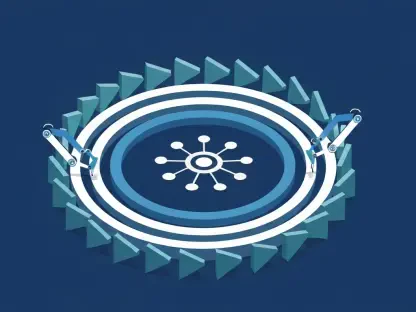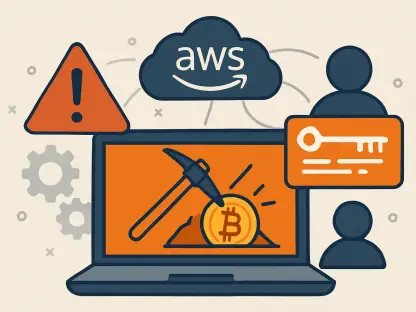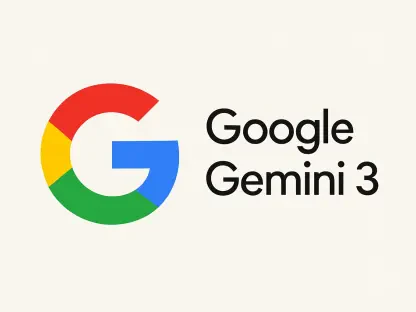For almost 20 years, all web browsers have suffered from a privacy issue that can leak your browsing history. Thankfully, Google is leading the charge to render this issue obsolete with the upcoming update to Chrome. This advancement marks a significant step in enhancing user privacy and data security, addressing a long-standing vulnerability. With the introduction of Chrome version 136, users will benefit from new mechanisms designed to protect browsing history from malicious websites, underscoring the continuous evolution and improvement of web browser technology.
1. Divide Link History into Three Parts
The underlying privacy risk stems from how web browsers handle the “:visited” link history, which styles previously visited links in a distinct manner, typically making them appear purple. This feature helps users quickly recognize links they have previously clicked. However, the “:visited” flag has historically been susceptible to exploitation, allowing malicious websites to access and track users’ browser history by identifying which links have been marked as visited.
Chrome’s new update, version 136, addresses this issue by dividing the “:visited” link history into three parts: the Link URL, the Top-Level Site, and the Frame Origin. This approach ensures that a visited link is only displayed as such if you are on a site where you have clicked that link before. This measure effectively prevents unauthorized mapping of a user’s entire browser history, curtailing any potential privacy breaches.
2. Improved Privacy Measures Across Browsers
Privacy concerns related to the “:visited” flag are not exclusive to Chrome; they have affected all major browsers for nearly two decades. Various browsers have implemented solutions to mitigate this risk. For instance, Firefox limits which CSS styles can be applied to sites marked “:visited” and restricts JavaScript from accessing them. Safari employs Intelligent Tracking Prevention to safeguard user data. Despite these efforts, the solutions have not entirely eliminated the threat.
Google’s approach in Chrome version 136 is notably more comprehensive, aiming to render cross-site leaks involving “:visited” links obsolete. By segmenting visited link information and tying it specifically to the context in which the link was clicked, Chrome ensures that browsing history remains private and secure from external scrutiny.
3. Experimental Flag in Previous Versions
Chrome’s innovative privacy feature has been available as an experimental flag since version 132. This flag allows users to test the upcoming feature before its official release. Those interested in proactively protecting their browsing history can enable this experimental feature by following specific instructions.
By entering “chrome://flags/#partition-visited-link-database-with-self-links” in Chrome’s URL bar, users can access the experimental flag. Setting the flag to “Enabled” activates the privacy mechanism, helping users mitigate the risk of cross-site leaks. Users should be aware that this feature may not work correctly on all websites initially and might disrupt pages attempting to access browsing history.
4. Future Implementation and Stability
Starting from version 136, Chrome will enable this privacy feature by default, ensuring that all users benefit from enhanced protection against cross-site leaks. Although the feature will be enabled by default, Google acknowledges that the previous functionality will not be entirely deprecated. Removing the old functionality altogether would erase valuable user interface clues that many users rely on.
Users of Chromium-enabled browsers may need to wait for the feature to become available officially. Meanwhile, they can check the experimental flag’s compatibility and activate it if supported by their browser. This gradual rollout reflects Google’s commitment to balancing security enhancements with user experience.
5. Importance of Browser Privacy
The introduction and continuous improvement of privacy features in web browsers highlight the importance of user data security in today’s digital landscape. Browsing history is a valuable piece of personal data that, if compromised, can give rise to various security and privacy threats. The evolution of browsers to address these risks demonstrates a proactive approach to safeguarding user information.
Enhancements like Chrome’s partitioned “:visited” link feature signify an ongoing commitment to shielding users from privacy vulnerabilities. As web technologies progress, such measures will likely become standard across all major browsers, providing a more secure browsing experience for everyone.
Conclusion
For nearly 20 years, web browsers have been plagued by a privacy issue that could expose users’ browsing history. Fortunately, Google is leading the way in resolving this concern with an upcoming update to Chrome. This new development represents a significant leap forward in enhancing user privacy and data security by addressing a persistent vulnerability. With the launch of Chrome version 136, users will experience improved safeguards designed to protect their browsing history from malicious websites. This update highlights the ongoing evolution and enhancement of web browser technology. Google’s efforts not only reinforce their commitment to privacy but also set a new standard for other web browser developers to follow. The changes in Chrome 136 will incorporate advanced security features that actively work to prevent history leaks. This crucial update assures users that their online activities remain private and secure, further solidifying trust in Chrome’s ability to provide a safe browsing experience. This initiative by Google aims to significantly diminish the risk of exposure and enhance the overall security of web browsing, showcasing the relentless advancements being made in the tech industry.









